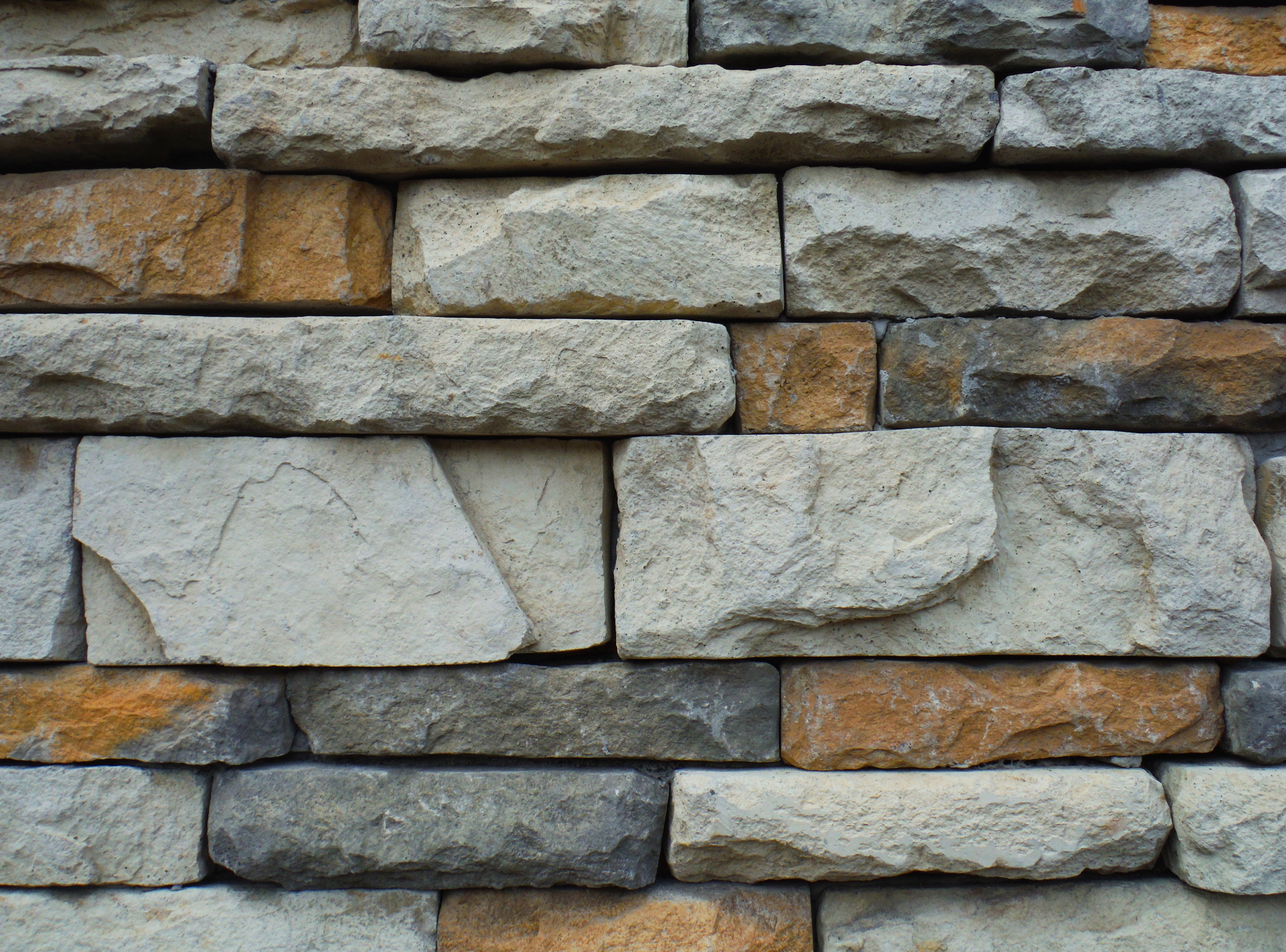
Best composite part: BBa_K2886013
BBa_K2886013, composited by BBa_K2886006 and BBa_K2886005 is our best composite parts, which is used to confirm our BiFC system. Actually, our BiFC (bimolecular fluorescence complementation) system consists of two chains encoded by two paired parts: BBa_K2886013 and BBa_K2886012.
BiFC, a technology put forward in 2012, is aimed to visualize the interaction of two proteins. CECFP and nECFP are the C- and N-terminal of ECPF (BBa_E0020), which is a classical part that has been used 87 times till 2017. And we split this fluorescent protein at the site A155 into two parts. If these two parts of BiFC bind with each other, and they will emit fluorescence just as complete ECFP.
Moreover, to realize higher affinity and efficiency of ligand-receptor binding, we alter a few amino acids on the binding surface with the assist of Rosetta.
Moreover, to realize higher affinity and efficiency of ligand-receptor binding, we alter a few amino acids on the binding surface with the assist of Rosetta.

Figure 1. The sketch map of BBa_K2886013 & BBa_K2886012 and the result of their interaction in E. coli induced under 4 ℃. (a) BBa_K2886013 & BBa_K2886012 can bind with each other through the electrostatic attraction of leucine zipper and emit fluorescence. (b) The background fluorescence of nECFP , cECFP and their average value (average(n,c)). Fluorescence emission of the mixture of nECFP and cECFP shows a 4.19 folds of intensity. And the original ECFP shows a 5.7 folds of intensity compared to original ECFP (BBa_E0020), exceeding the less than 10-fold result reported in literature.
To further demonstrate the reliability of our BiFC system, we also do some similar things in Hela cells. We add outer-membrane and transmembrane domain to it as well as substitute the leucine zipper with GS linker. The result suggests that our BiFC also works. For detailed information concerning this, please click here to visit our Receptor Demonstrate page.
To sum up, using BBa_K2886013 together with BBa_K2886012, we confirmed the reliability of the BiFC system we designed preliminarily, accumulating experiences and lying down bases for further experiments and demonstrations. If you want to test your own BiFC system in a convenient way, you may try this method to give you help.
[1]Wikipedia contributors. "Bimolecular fluorescence complementation." Wikipedia, The Free Encyclopedia. Wikipedia, The Free Encyclopedia, 12 Jul. 2018. Web. 17 Oct. 2018.
Address
G604, School of Life Sciences, Fudan University
2005 Songhu Road, Yangpu, Shanghai, China
2005 Songhu Road, Yangpu, Shanghai, China


